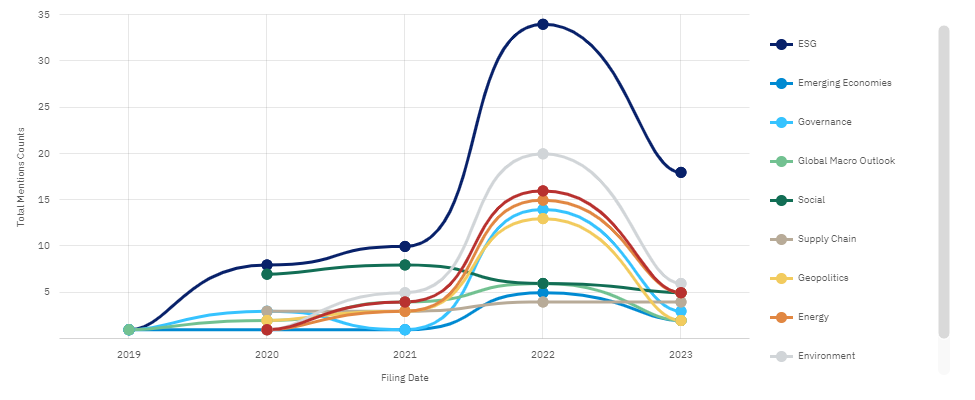
The GOTS Due Diligence Handbook, which was compiled in cooperation with the Hague-based UpRights Foundation, follows the inclusion of due diligence criteria in the latest GOTS 7.0 version, which launched in March.
GOTS says its 7.0 criteria, bolstered by this handbook, paves the way for a more sustainable and socially conscious business approach in the textile sector.
Ruslan Alyamkin, Responsible, Standard Development and Implementation (Social Responsibility) at GOTS notes: “It is a testament to GOTS’s commitment to supporting Certified Entities in their journey towards required responsible business practises. The Handbook underscores GOTS’s dedication to promoting human rights, social justice and environmental integrity.”
The handbook is based on the recognised international frameworks, including the OECD Due Diligence Guidance for Responsible Supply Chains in the Garment and Footwear Sector (2018) and the UN Guiding Principles on Business and Human Rights (UNGPs).
It aims to give GOTS certified entities clear guidance on integrating due diligence processes into their operations, thereby helping them to comply with domestic due diligence laws such as the German Supply Chain Law, French Vigilance Law, and upcoming EU legislation.
Apparel company ESG filings see spike in ‘due diligence’ mentions in 2022

Source: GlobalData
Filings data compiled by GlobalData between 1 September 2019 and 1 September 2023 suggests there was a spike in ‘due diligence’ mentions within apparel company ESG filings in 2022, which coincides with the European Commission adopting its proposal for a directive on corporate sustainability due diligence.
GOTS says the emphasis of the handbook is to give a holistic due diligence approach, ensuring that GOTS-certified companies not only identify but also proactively prevent and effectively mitigate potential adverse impacts on human rights and the environment.
The handbook is described as a structured roadmap leading certified entities through the process of establishing and refining their management systems.
Plus, it aims to ensure GOTS certified entities are equipped with the knowledge and tools to respond to potential challenges and transform them into leaders in responsible business conduct within the fashion and textile sectors.
GOTS points out it is currently undergoing the Organisation for Economic Co-operation and Development (OECD) Alignment Assessment. This is a three-stage process that will result in a reputable, independent evaluation of the GOTS Criteria’s alignment with the OECD’s due diligence guidance documents.
It explains the process includes a Standards Assessment, an Implementation Assessment and a Credibility Assessment. As GOTS enters the Standard Assessment phase, it effectively showcases its dedication to sustainable practices, in line with the comprehensive international framework for responsible garment and footwear supply chain laid out in the OECD Due Diligence Guidance.
GOTS says it remains committed to enhancing its criteria and systems to ensure better transparency, credibility, and trust for its certified entities and the general public.
In line with this, it says it is working towards creating further guidelines for its certification bodies, to empower them with the necessary tools and knowledge to improve their auditing and verification techniques to ensure compliance with GOTS 7.0 criteria.
Our signals coverage is powered by GlobalData’s Thematic Engine, which tags millions of data items across six alternative datasets — patents, jobs, deals, company filings, social media mentions and news — to themes, sectors and companies. These signals enhance our predictive capabilities, helping us to identify the most disruptive threats across each of the sectors we cover and the companies best placed to succeed.



